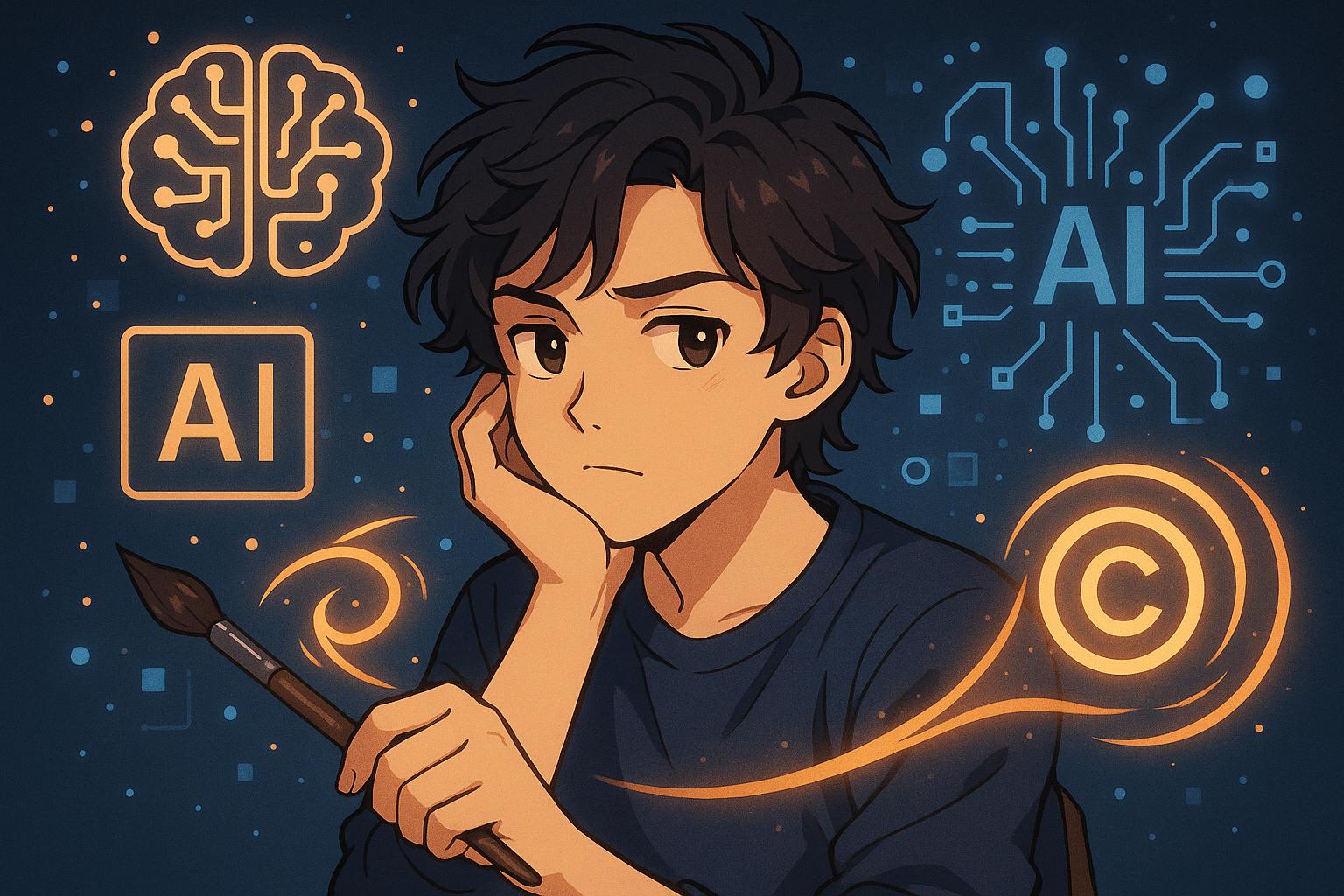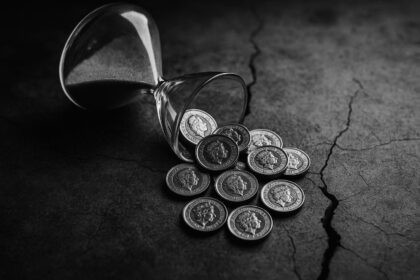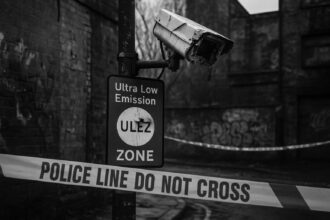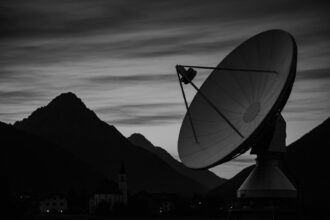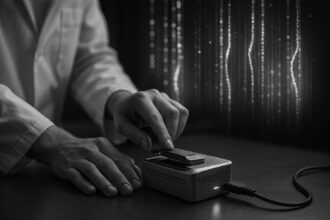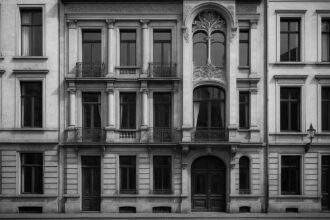At the Charleston Festival, former Meta executive Nick Clegg highlighted the urgent need for international cooperation on AI copyright laws, cautioning that unilateral UK regulations demanding AI developers seek permission from artists could severely damage the domestic AI sector while recognising creators’ quest for fair rights.
At the Charleston Festival, Nick Clegg, former head of global affairs at Meta, sparked significant dialogue around the intersection of artificial intelligence and copyright law. Addressing concerns regarding artists’ rights, Clegg acknowledged creatives’ legitimate desire to protect their work from being used without consent, describing it as “a matter of natural justice.” This statement resonates amid growing discontent among artists who feel their works are increasingly appropriated by AI systems, often without due credit or compensation.
While acknowledging the artists’ perspective, Clegg warned against the feasibility of implementing laws requiring AI developers to seek permission for using copyrighted material. He argued that such a requirement could rapidly undermine the AI industry in the UK if only instituted nationally. Instead, he suggested that a unified international approach would be necessary to prevent crippling consequences for technological advancement. This sentiment reflects broader concerns among industry leaders about the potential stifling of innovation through overly stringent copyright legislation.
The ongoing debate in the UK mirrors a growing global discussion concerning the balance between fostering technological innovation and protecting creative rights. Many in the creative community advocate for increased control over how their works are employed in AI training, raising crucial questions about ownership and fair compensation. Yet, concerns persist among AI developers who fear that excessive restrictions could hinder the burgeoning industry, leading to a slowdown in technological progress.
Recently, legislative efforts have been proposed to create a regulatory framework that acknowledges the complexities of copyright in the digital age. Experts note that striking a balance between protecting creators and enabling AI companies to thrive requires careful consideration. The legal landscape is evolving, with governments recognising the need for policies that not only uphold intellectual property rights but also encourage technological advancement.
Compromise appears to be a vital goal for stakeholders across both sectors. Discussions surrounding collaborative solutions emphasise the need to establish norms that respect artistic contributions while fostering an environment conducive to innovation. As the dialogue unfolds, it becomes increasingly clear that addressing these challenges will require an ongoing commitment to bridge the gap between the creative and technology sectors.
In the midst of this intricate dialogue, the future of AI development and creators’ rights hangs in the balance, highlighting the critical need for inclusive discussions that encompass diverse perspectives. The interplay between safeguarding artistic integrity and promoting technological progress remains a paramount consideration for policymakers, industry leaders, and creative professionals alike.
Reference Map:
- Paragraph 1 – [1], [3]
- Paragraph 2 – [1], [2], [5]
- Paragraph 3 – [4], [6]
- Paragraph 4 – [7]
- Paragraph 5 – [2], [6]
Source: Noah Wire Services
- https://80.lv/articles/forcing-ai-companies-to-respect-copyright-would-kill-the-ai-industry-says-ex-meta-executive – Please view link – unable to able to access data
- https://www.bbc.co.uk/news/technology-65599009 – The BBC discusses the ongoing debate surrounding the copyright implications of AI training. Industry leaders highlight the challenges faced by AI companies when it comes to copyright compliance. The article notes how many creators feel their works are exploited without proper credit or compensation, raising essential questions about the balance between innovation and intellectual property rights. The legal landscape is evolving as governments contemplate regulations to protect creators while allowing technological advancement. Ultimately, the tensions between creative rights and AI development in the UK remain a contentious issue on the national agenda.
- https://www.theguardian.com/technology/2023/may/01/artificial-intelligence-creators-copyright – The Guardian outlines discussions around AI and copyright in the context of the creative industry. It highlights various perspectives from artists who want to protect their work from being used without consent. The article underscores the complexities of enforcing copyright laws on AI models, suggesting that strict regulations could hinder the industry’s growth. By gathering insights from both tech leaders and legal experts, the piece articulates the ongoing struggle to find a middle ground between safeguarding creative rights and fostering innovation in artificial intelligence.
- https://www.theverge.com/2023/5/3/23818630/ai-copyright-issues-legal-implications-impact-artists – In this article from The Verge, the author examines the intricate relationship between AI and copyright law, particularly focusing on artists’ concerns. It notes that artists increasingly feel their creative outputs are being appropriated by AI without acknowledgement or compensation. The discussion stresses the potential repercussions of imposing stringent copyright laws on AI development, with experts warning it could stifle innovation. The piece also refers to ongoing legislative efforts aimed at creating a framework that respects creators’ rights while enabling the AI sector to thrive.
- https://techcrunch.com/2023/05/04/copyright-and-ai-protecting-creators/ – TechCrunch elaborates on the pressing issue of copyright protection in the context of artificial intelligence. The article discusses perspectives from various stakeholders, including artists advocating for stricter copyright measures and AI companies concerned about operational constraints. Experts argue that while protecting creators is vital, overly strict legislation could derail the AI industry’s progress in the UK. The piece highlights the complexities of creating a regulatory framework that balances creative rights with technological advancements, illustrating the ongoing challenges in this evolving dialogue.
- https://www.forbes.com/sites/ninabambysheva/2023/05/02/ai-industry-and-its-interactions-with-copyright-laws/ – Forbes presents an analysis of the intersection between AI technology and copyright law in light of recent discussions. The article reveals that many in the creative community advocate for greater control over their works used in AI training, raising concerns about ownership and compensation. However, industry leaders caution that implementing rigid copyright regulations could severely impact the AI landscape. The narrative delves into possible compromises that could satisfy both creators and technology developers, aiming for a collaborative approach to innovation and intellectual property.
- https://www.bloomberg.com/news/articles/2023-05-05/copyright-consent-in-ai-an-industry-dilemma – Bloomberg explores the conundrum of copyright consent in the AI sector, focusing on the implications for both creators and AI companies. As the debate intensifies, the article details how creators’ demands for copyright protection are met with apprehension from AI developers, who fear excessive limitations could dismantle innovation. It offers insights from various experts, illustrating the delicate balance that must be struck to foster an environment where creators feel valued while allowing AI technology to progress. The piece concludes by underscoring the broader significance of this issue in the evolving digital landscape.


